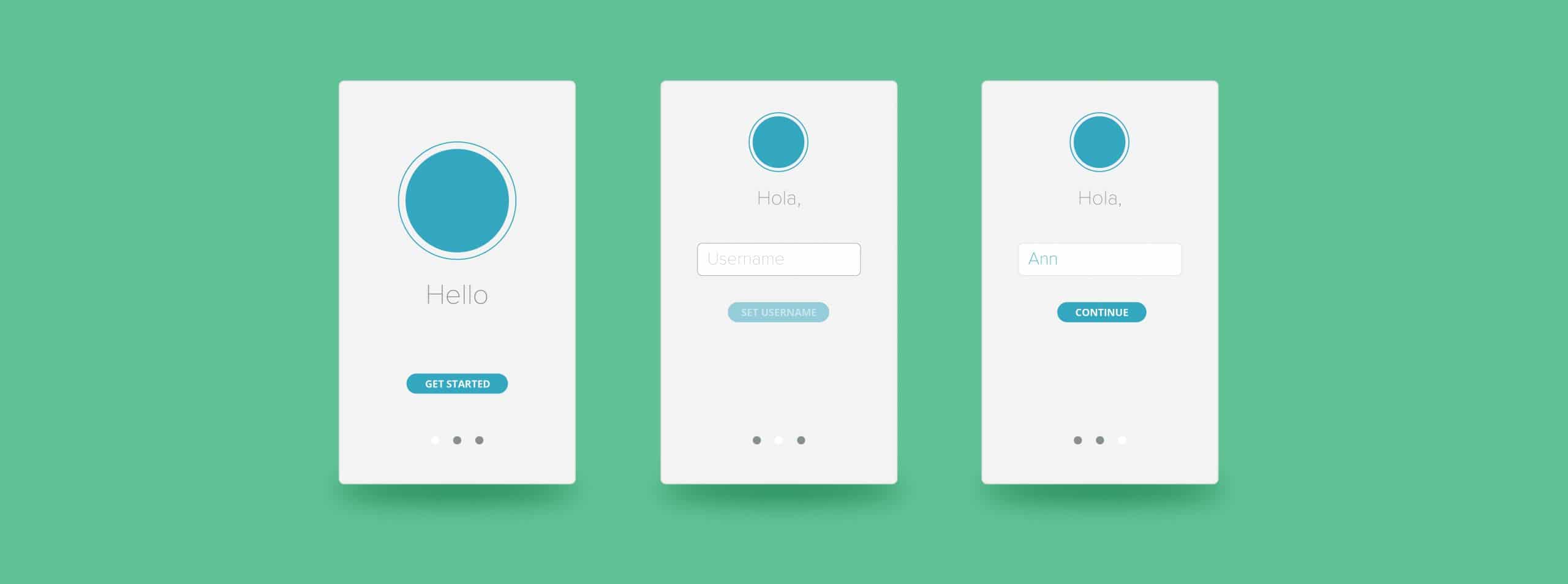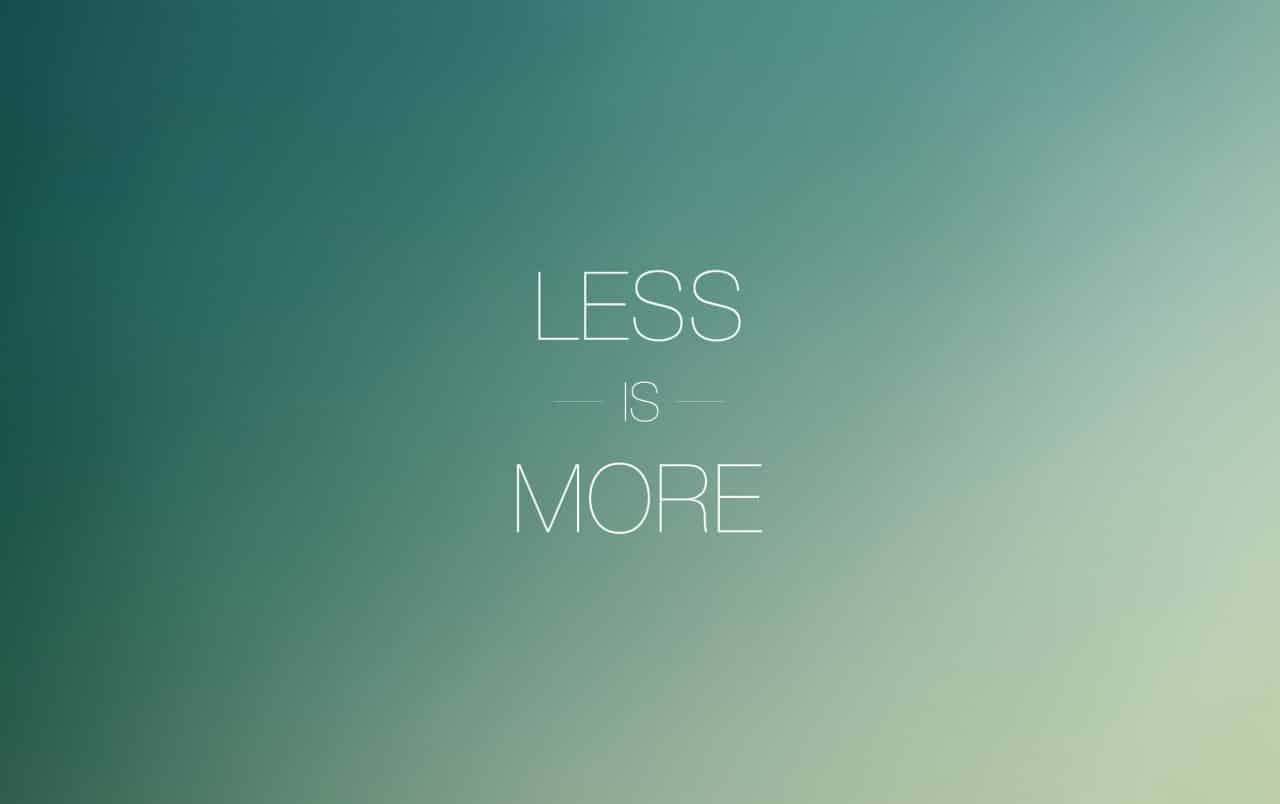12 Commonly Overlooked App Design & UX/UI Mistakes To Avoid
We talked before how User Experience is extremely important for Current styles, a wide range of colors, legible fonts…When dealing with app design & UX/UI people often focus on the elements that ensure that the application functions properly, and omit these small factors that can completely derail a project.
Whether you’re a designer, developer, or application project manager, consult this checklist before signing off on your app’s design.
1. Failing to consider the mobile app’s flow
Impressing the user is an important app design objective. After all, the first thing users evaluate is the visual look and feel of the app. They then begin to “move around” within the application to explore functionality. It is therefore completely logical that while developing an app, we focus on making it visually appealing. However, this is the first mistake to avoid.
Think instead about the application’s workflow, which is to say the organization of key elements on each screen. Determining how those elements interact is also vital. Once the most straightforward structure has been defined, more cosmetic features may be added.
In order to simplify workflow, it is recommended that functional elements such as the menu are locked at the top of the screen where they can always be seen, rather than hiding them in drop-down lists.
2. Having the exact same app design for multiple platforms
Operating system interfaces are all different. Android, for example, includes a return button. In iOS, however, this feature must be built into each screen of the application. Therefore, designs for both operating systems cannot be identical. In addition to OS differences, keep in mind that devices are also different: an application that is developed for a smartphone is not adapted for a tablet by default.
3. Requiring the user to register when it is not necessary
Registration forms, no matter how quick and easy they may be, deter a significant number of potential users. Many people dislike the idea of sharing personal information with an unknown application, while others are simply too busy to register in order to test out an app.
If your application can be utilized in some way prior to signing up, avoid asking the user to register immediately upon launching the app. Give the user some time to explore the app before they must register.
If, however, your application requires users to sign up, consider including more detailed functionality screenshots on the download page.

4. Forgetting about onboarding
Just because a user has downloaded your application, it does not mean they intend to use it. In fact, 80% of applications are abandoned after they are first opened. This can even happen to a great app if the user does not fully understand its functionality. Developers must be cognisant that they only have a couple of minutes to convince a user of their app’s utility. The best solution for doing so is to educate the user about how to make the most of the application.
An onboarding presentation, or introductory tutorial, is a great way to educate users. It is strongly recommended that this tutorial be as brief and concise as possible, as busy users will not respond favorably to lengthy initiatives. Get a few ideas here.
5. Straight up neglecting UX
Strong graphic design will do nothing to retain users if your app is not easy to use. Make sure that the designer you have chosen to deliver the project is also well-versed in user experience.
6. Overlooking app design consistency
What do we mean by “app design consistency?” It’s the organization of all of the application’s elements so that they may be easily identified by the user. In a city, for example, the night bus is clearly marked by the letter N, such as N 23. This way, when a rider checks the schedule they can always differentiate the night bus from the others. A mobile application also needs a scheme of defined symbols. If you decide to title a tab “Pressroom,” for example, utilize that same title each time it appears. Don’t intermittently use “Press Room.” It may be obvious that they mean the same thing, but certain users may be confused.

7. Incorporating too much functionality
The average user can feel lost when they discover that there are more than just three principal functions in the application that they just downloaded. To keep them from losing hope, offer only those functions that are absolutely necessary. If they are pleased with the most basic version of the app, they can then offer feedback about additional interesting features that could be added.
8. Utilizing too much animation to explain how the application works
You might end up making your app unnecessarily slow. Don’t prevent the user from quickly identifying what they are looking for. Consider using something lighter, such as static images and text.
9. Not asking for feedback
Your application’s functionality may seem clear and obvious to you, but what do potential users think? Compile as many opinions as possible! Ask friends and family members what they think, and seek out the expertise of beta testing groups that are easily found on the web.

10. Call-To-Action buttons that are too small
Some mobile devices don’t feature zoom capability. Imagine the frustration of a user that struggles to open the correct link time after time. Design larger interactive elements, and make sure that there is ample space between them.
11. Making the user wait
If certain elements within the app take a long time to load, it is recommended that you include a progress bar to keep the user informed. Failure to do so may lead the user to believe that the app is buggy.
12. Fear of white space
Minimalistic app design styles have increased in popularity in recent years, and putting fewer elements on the screen has become preferable to incorporating too many. Shorten text and remove purely decorative elements in order to free up space on pages. Don’t be afraid of white space – users appreciate simplicity and lighter app designs.
Have an app in mind and is looking for someone to design it?
Take a look at our portfolio and let us know if you like what you see.
Until then – happy app designing!
by
Guarana
Filed under App Funding
Tagged
Mobile App,
User Experience,
Ux/Ui,
App Design,
Design,
User Interface,
Mobile App Design
